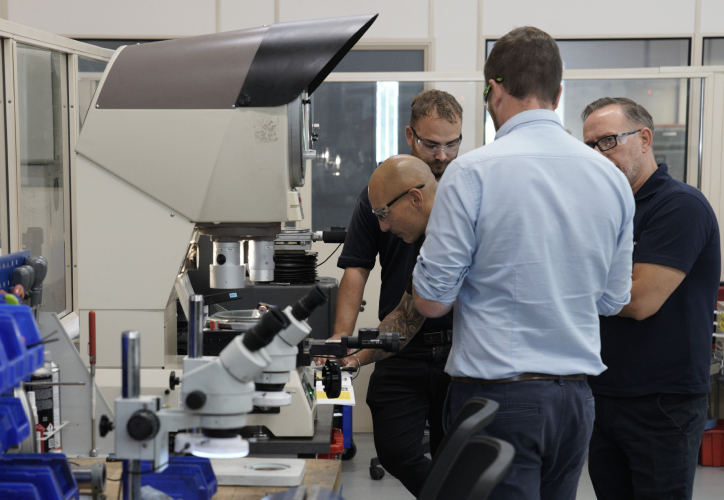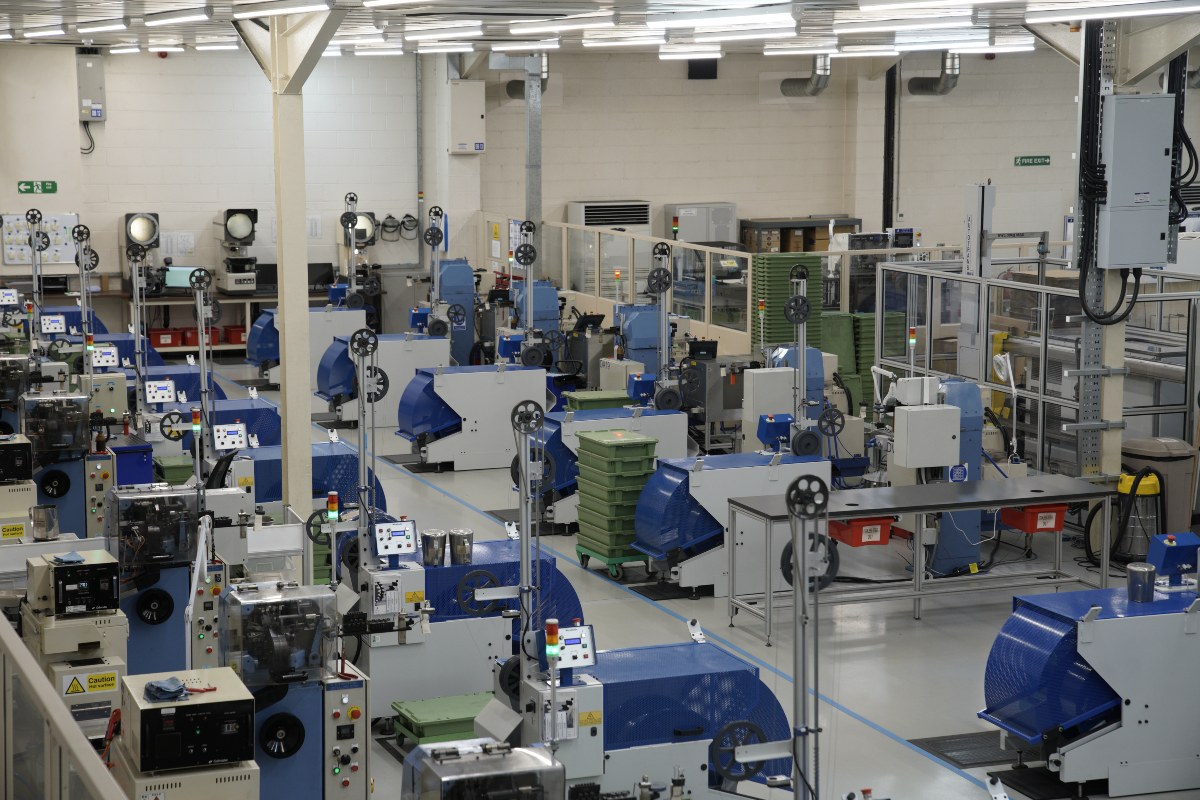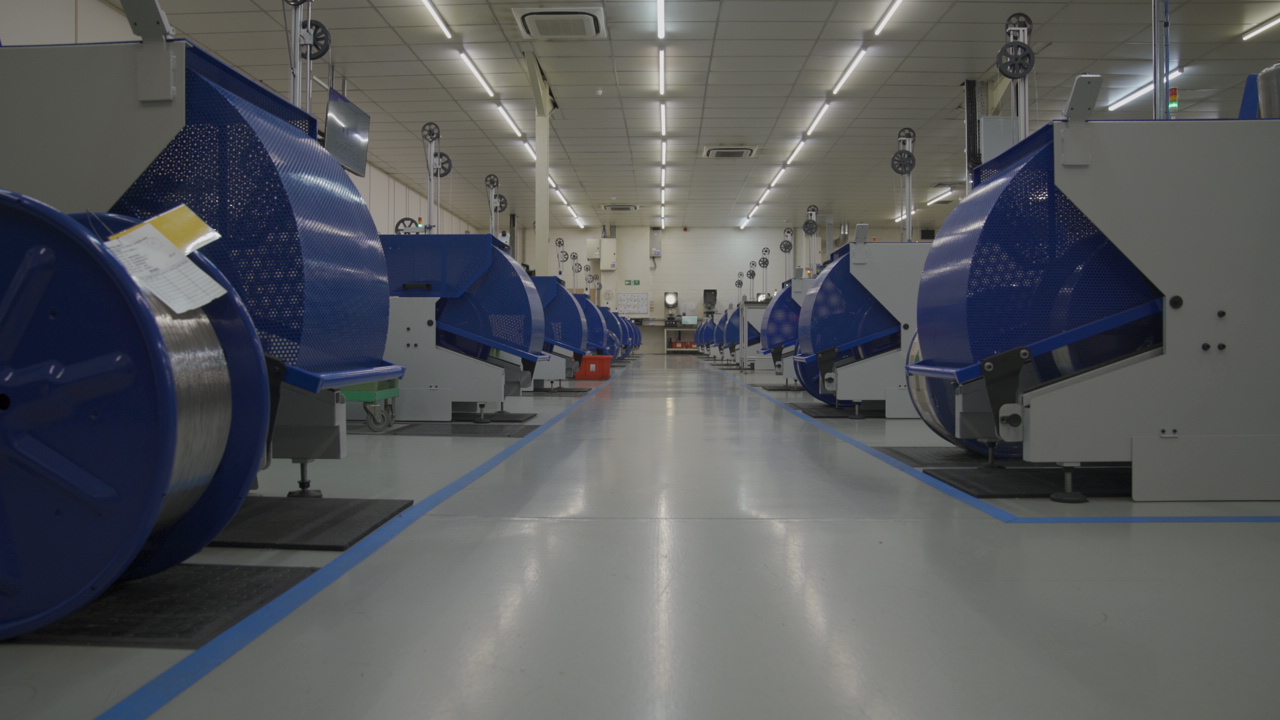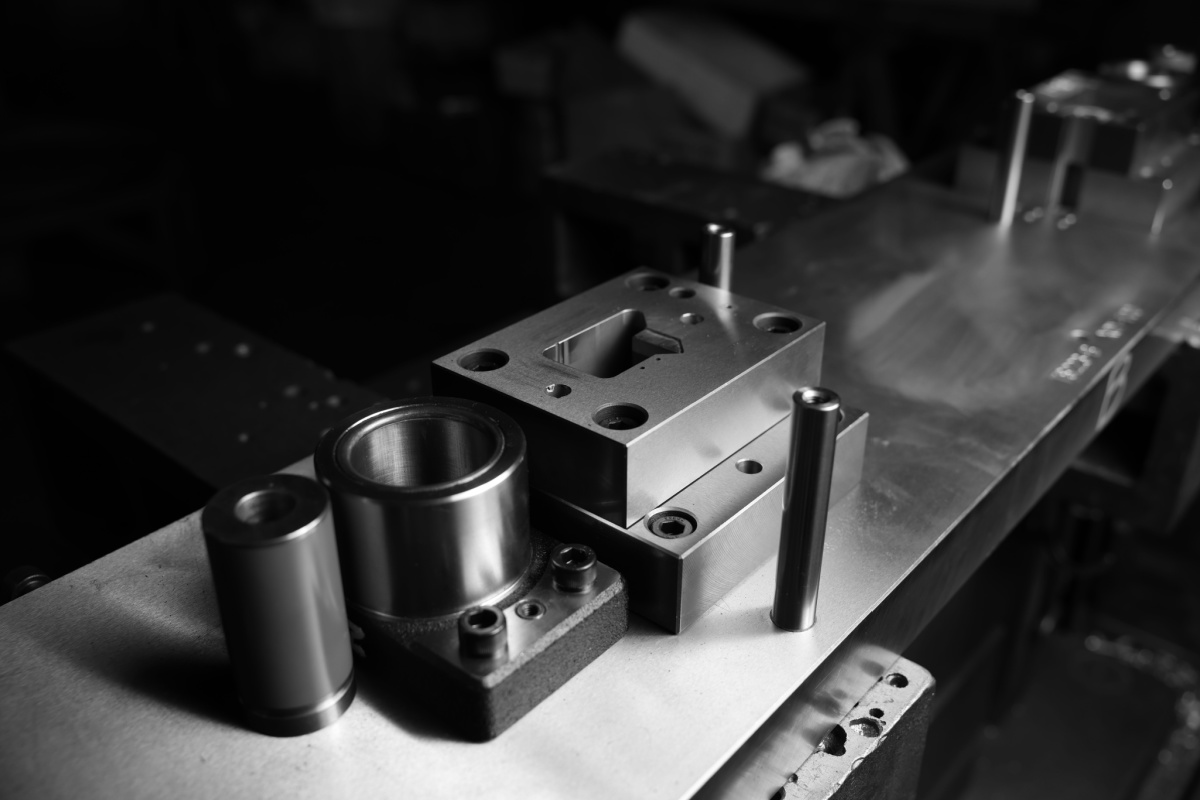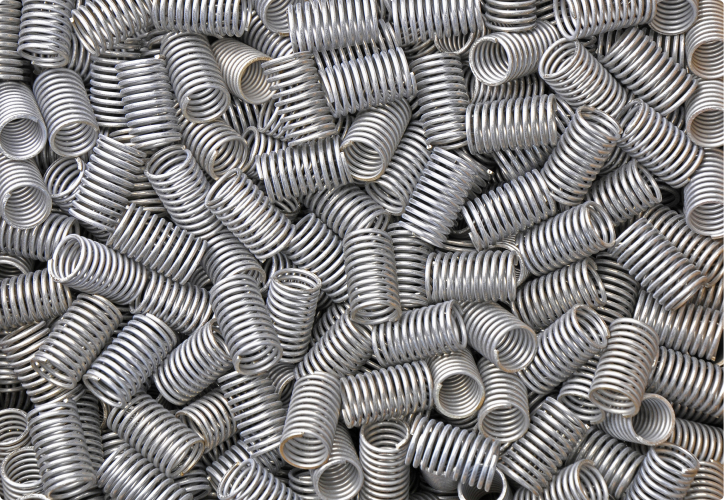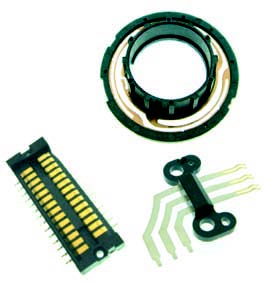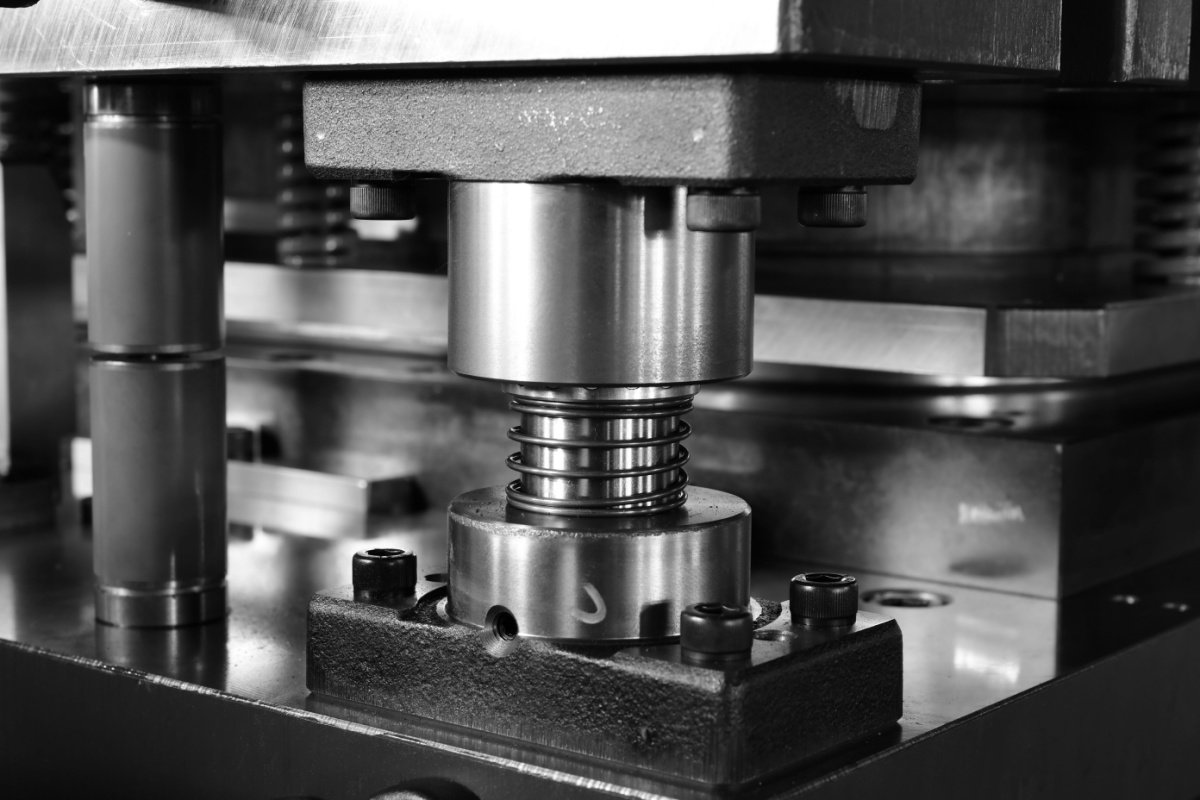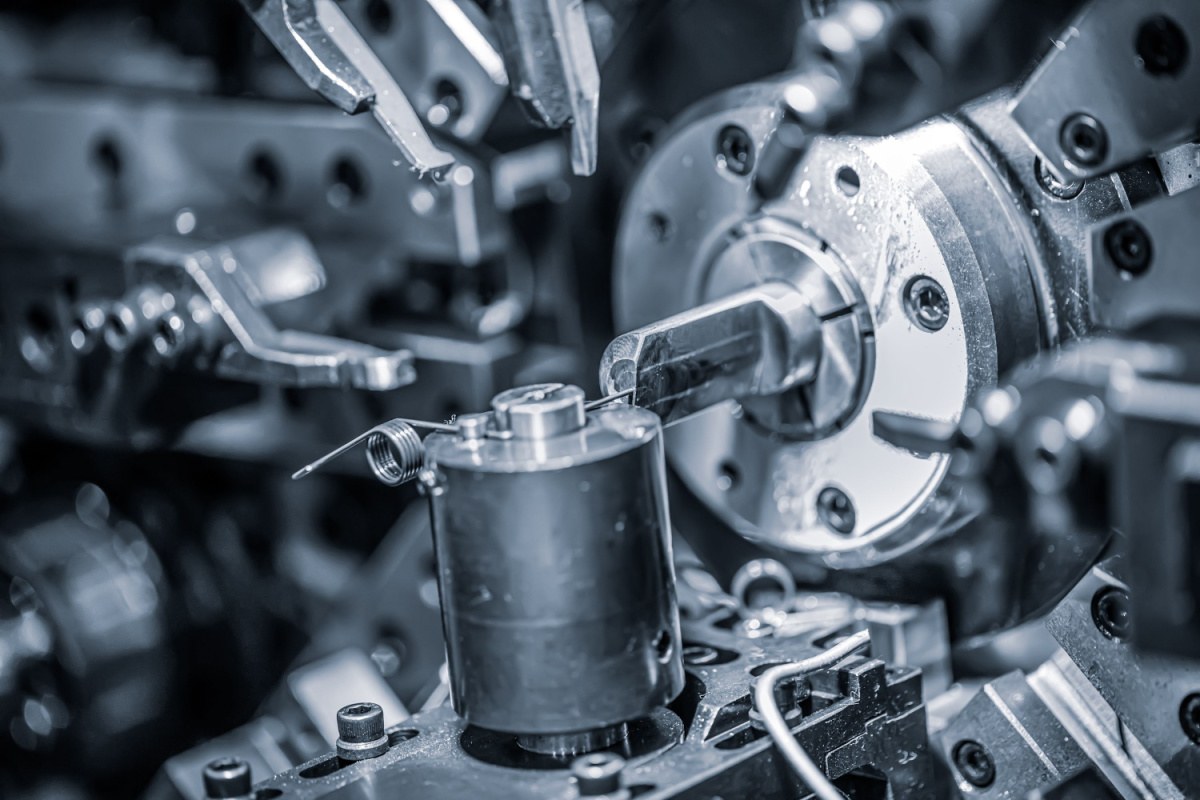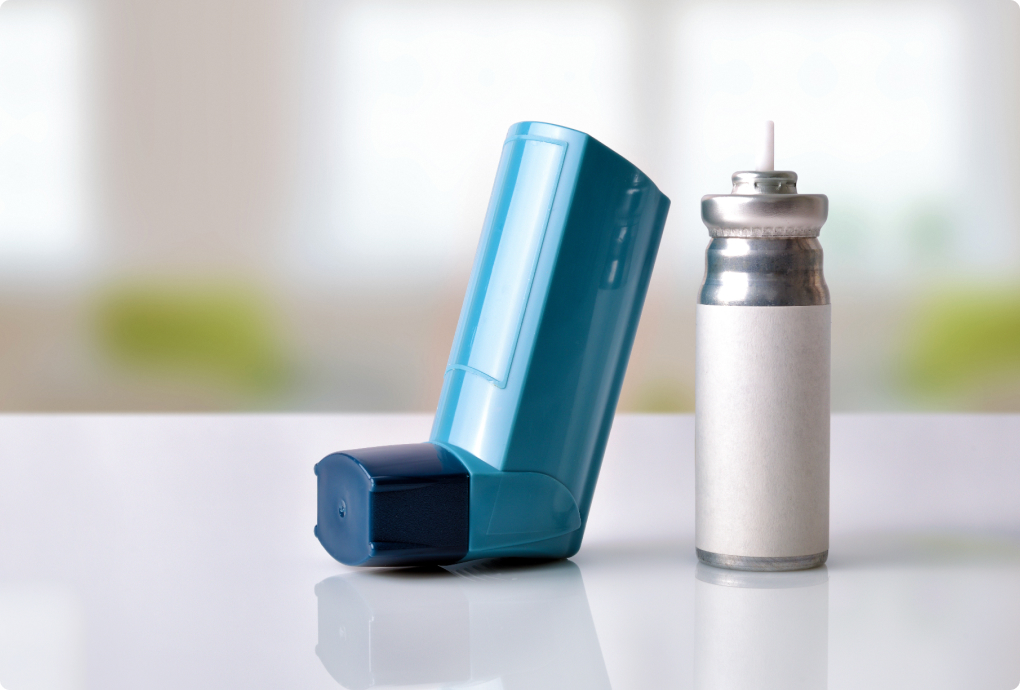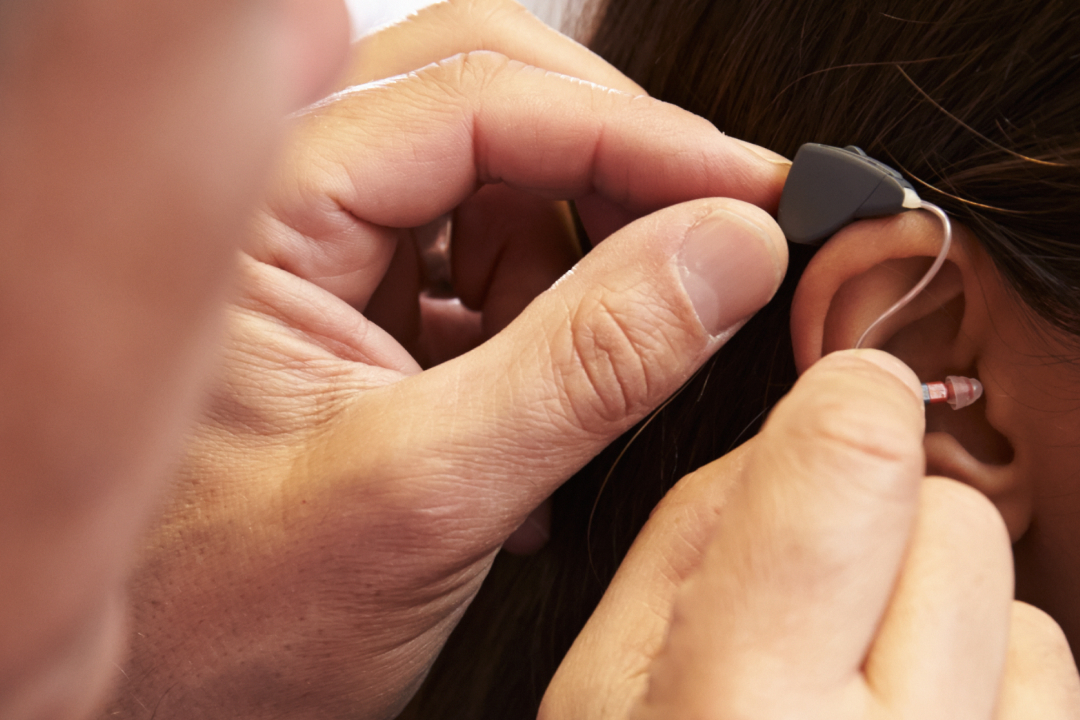The force and load characteristics of medical springs determine the performance of pharmaceutical devices. They need to be precisely made, consistent between batches and are largely responsible for the device being compliant with regional and international regulations.
Understanding how to calculate force and load is crucial, but you can’t always predict how a spring compresses when the device has been assembled. These individual spring interactions can lead to device failure down the line, even with precise force and load calculations. In this article, we unpack the importance of spring force and load, how to calculate it and the factors that can lead to spring failure.
The importance of spring force and load for medical devices
Precision
Drug delivery devices such as inhalers and automatic injectors rely upon medical springs to deliver a specific pharmaceutical dosage inline with the needs of the patient. Any deviation from the required force and load of the design can lead to a number of complications; incorrect patient dosages, spring entanglement and/or device malfunction. This highlights the importance of force and load precision in medical springs.
Reliability
A crucial aspect of the force and load of medical springs is consistency. Many pharmaceutical devices face regular use over extended periods. Throughout this use, medical springs need to maintain the same force and load characteristics. As a result, these springs need to be resistant to wear, relaxation and corrosion that can inhibit their performance.
How to calculate the force and load of medical springs
Hooke’s law is the mathematical equation used to determine and predict the force and load of springs. It was created by Robert Hooke, who stated that, “the power of any springy body is in the same proportion with the extension.” The equation is as follows:
Fs = kx
- Fs - The force applied to the spring
- k - The stiffness of the spring
- x - The deformation (extension/compression) of the spring
The equation highlights the fact that the exerting force of a spring is proportional to its change in deformation and stiffness. When a spring is compressed or stretched, it deforms away from its equilibrium or resting position. The exerting force of the spring to restore its equilibrium can then be calculated via the stiffness and deformation of said spring.
However, understanding these calculations isn’t enough to completely prevent spring failure. When a spring compresses, a number of individual coils become dead when pushed against one another. For coils that remain active, the amount of force managed by them is increased, leading to increased fatigue and risk of failure. It is impossible to predict which coils become dead or active, leading to more attention past force and load calculations.
What factors determine the risk of failure in medical springs?
When it comes to producing springs with specialised force and load characteristics, there are a number of factors that ensure their precision, consistency and minimise their risk of failure.
- Material selection - The tensile strength of the chosen material determines the stiffness of the spring, which is a key factor in determining the precise force and load as described in Hooke’s law. For example, stainless steel has a high tensile strength, resulting in high force and load.
- Spring index - A spring index is the relationship between its wire and outer diameter, and determines if the spring is coilable. A low index means it is difficult to coil, whereas a higher index results in susceptibility to fatigue. Getting the right spring index for your medical device is vital in ensuring the perfect force and load characteristics as well as long-term performance.
- Surface finish - Factors such as corrosion and wear can affect the consistency of medical springs over long-term use. Surface finishes can provide resistance from these factors and ensure reliability. For example, electroplating provides springs with enhanced corrosion resistance.
- Specialised manufacturing - Introducing specialised systems and processes in medical spring manufacture can guarantee their precision, consistency and compliance. Examples include computer simulation technology, specialised calculation programs and structure analysis processes.
Integrate precise and consistent medical springs into your designs
Medical springs play a crucial role in the performance of pharmaceutical devices, with force and load being a determining factor. But even with precise calculations, springs can still fail from the unpredictability of dead and active coils. This can lead to complications like fatigue, spring entanglement and other problems.
As a result, you need a partner that works closely with you to integrate the perfect springs for your designs. Material composition, spring index and manufacturing processes must all be tuned for your design to prevent failure and enhance performance.
At Advanex Medical, we work directly with your team to identify design challenges before they become an issue. We can help you overcome problems in design to prevent spring failure, ensure predictable performance and enhance manufacturing repeatability.
Our products come in a range of material compositions and surface finishes to accommodate different medical device designs. We also incorporate specialised and advanced manufacturing processes to ensure precision, consistency and compliance for your medical device.
To see how we can support you in developing a high-quality medical device that goes to market seamlessly, get in touch with one of our experts.
